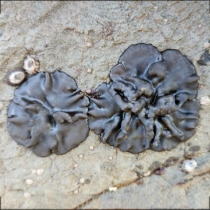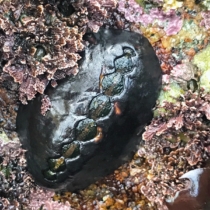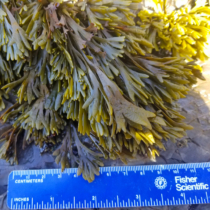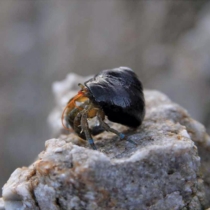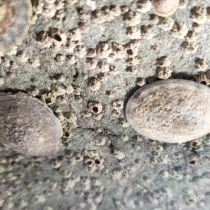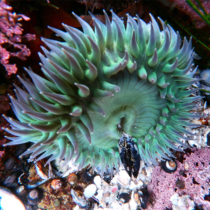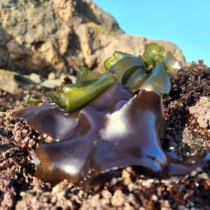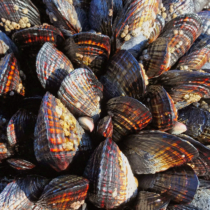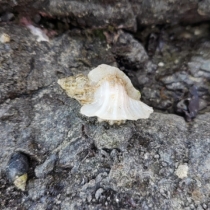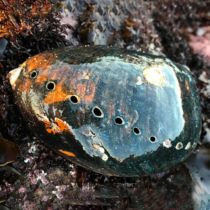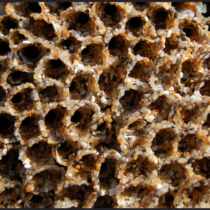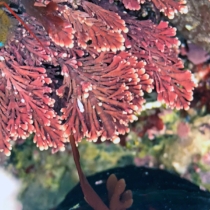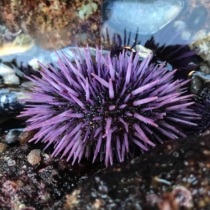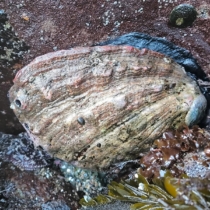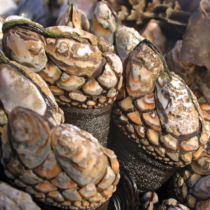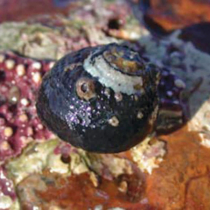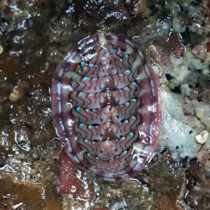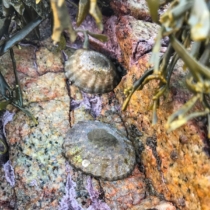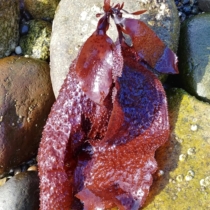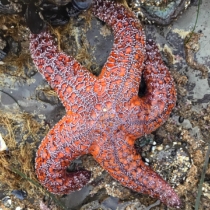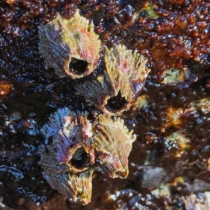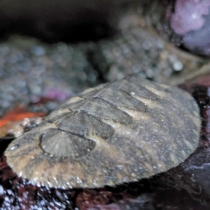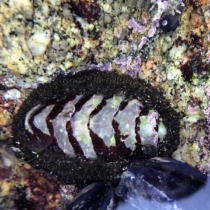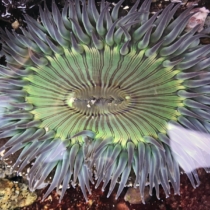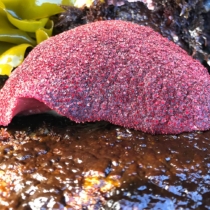Description: In this procedure, all the individuals of selected large, presumably important species are counted and measured in one or more large defined areas.
Purpose: We count and measure owl limpets because they are commonly collected, often illegally, for food. In addition, birds, especially oystercatchers, prey on owl limpets and are frightened away by people. Activities by people can then influence the abundance of these animals, which themselves influence the abundance and distribution of other species. We also collect the size measurements of sea stars to monitor their recovery after sea star wasting syndrome in 2013. Size measurements of bat stars are conducted at one monitoring site, Point Pinos.
Procedure: The size and location of permanent areas used for size measurements varies from site to site; however the general technique remains the same for all sites. The general procedures are as follows:
- Mark the boundaries of the permanent area with meter tapes or cones.
- In teams of two or three, systematically search the whole area.
- Designate one person as the recorder. This person is responsible for completing the data sheet. The others should be searching;and should tell the recorder what they see as they see it.
- Use rulers (or if in a crack, cable ties or paper clips) to measure the length of the individual. For owl limpets (Lottia gigantea), the longest length of the shell and for ochre stars (Pisaster ochraceus) from the center of the disc to the tip of the longest ray using a ruler without touching the individual (cable ties or string can be used for curved arms).
- The team should look carefully in cracks and crevices and under ledges.
- Of course, some individuals will be missed, so total counts are just estimates of the true abundance. If 5-10 teams count the selected species in the same defined area, the average number counted provides a reasonable estimate that can be compared over time.

